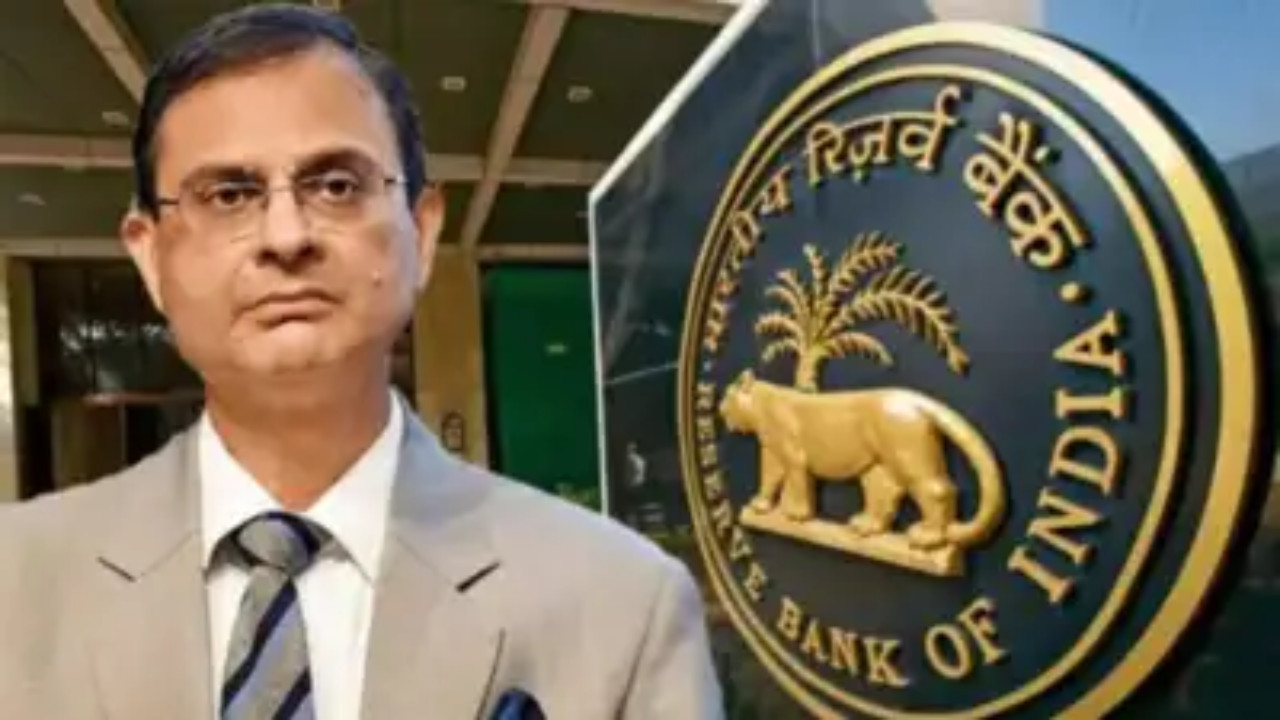The Reserve Bank of India’s MPC commenced a three-day meeting amidst expectations of a rate pause, influenced by US tariffs and domestic economic factors. While economists are divided, industry voices advocate for a 25 bps rate cut to support MSMEs facing export headwinds. The decision hinges on inflation data, oil prices, and the impact of previous rate cuts.
Navigating the Economic Tightrope: What to Expect from the RBI’s Monetary Policy
The air crackles with anticipation. The Reserve Bank of India’s (RBI) Monetary Policy Committee (MPC) is deep in deliberation, wrestling with a complex web of economic factors that could dictate the nation’s financial trajectory for months to come. Forget simple solutions; the MPC faces a true balancing act.
This isn’t just about numbers and charts. These decisions impact everyday lives, influencing everything from home loan interest rates to the prices we pay at the grocery store. So, what exactly is keeping the MPC members up at night, and what potential outcomes could we see unfold?
A World of Worry: Global Tensions and Tariff Turmoil
The global landscape is far from serene. Looming large are the ever-present specter of international trade tensions and the potential for tariff wars. These aren’t just abstract economic concepts; they translate to higher import costs, disruptions in supply chains, and increased uncertainty for businesses. India, heavily reliant on global trade, isn’t immune. The MPC needs to assess how these external pressures will affect inflation and economic growth within the country.
Then there’s the ever-present question of what the US Federal Reserve might do. Any shifts in US monetary policy can send ripples across the globe, impacting capital flows and currency valuations. The MPC must carefully consider these potential “US shocks” and how they might affect India’s financial stability.

Inflation’s Persistence: The Central Conundrum
While some indicators suggest a potential easing of inflation, it remains a persistent concern. The MPC’s primary mandate is to maintain price stability, and a premature easing of rates could reignite inflationary pressures. Factors like fluctuating global commodity prices and domestic demand play a crucial role. The real question is whether the current level of interest rates is effectively curbing inflation without stifling economic growth. This decision hinges on carefully analyzing a multitude of often-conflicting economic indicators. Should the RBI consider a future monetary policy easing?
Growth vs. Stability: Finding the Right Balance
While controlling inflation is paramount, the MPC can’t ignore the need to support economic growth. India is aiming for ambitious growth targets, and excessively tight monetary policy could put the brakes on investment and consumption. This creates a tricky situation: how to maintain price stability while fostering an environment conducive to economic expansion. It’s a delicate balancing act that requires a nuanced understanding of the interplay between various economic forces. A rate cut could stimulate borrowing and investment, but it also carries the risk of fueling inflation.
The Big Question: Will the RBI Cut Rates?
The million-dollar question, of course, is whether the MPC will opt for a rate cut. There are compelling arguments on both sides. Proponents of a rate cut point to the need to boost economic growth and argue that inflation is showing signs of easing. Those advocating for maintaining the status quo emphasize the need to remain vigilant against inflationary pressures and await more definitive signs of a sustained slowdown. Given the complexities of the situation, the MPC might choose to adopt a wait-and-see approach, closely monitoring economic data before making any decisive moves. You can read about the previous MPC decision on our dedicated monetary policy page.
The Road Ahead: A Cautious Approach
Regardless of the MPC’s immediate decision, a cautious and data-driven approach is essential. The global economic landscape is constantly evolving, and the MPC needs to remain flexible and adapt its policies as needed. This requires constant monitoring of key economic indicators, proactive communication with stakeholders, and a willingness to adjust course when necessary. The next few months will be crucial in shaping India’s economic future, and the MPC’s decisions will play a pivotal role. The path forward demands careful consideration and a steady hand on the economic tiller.







